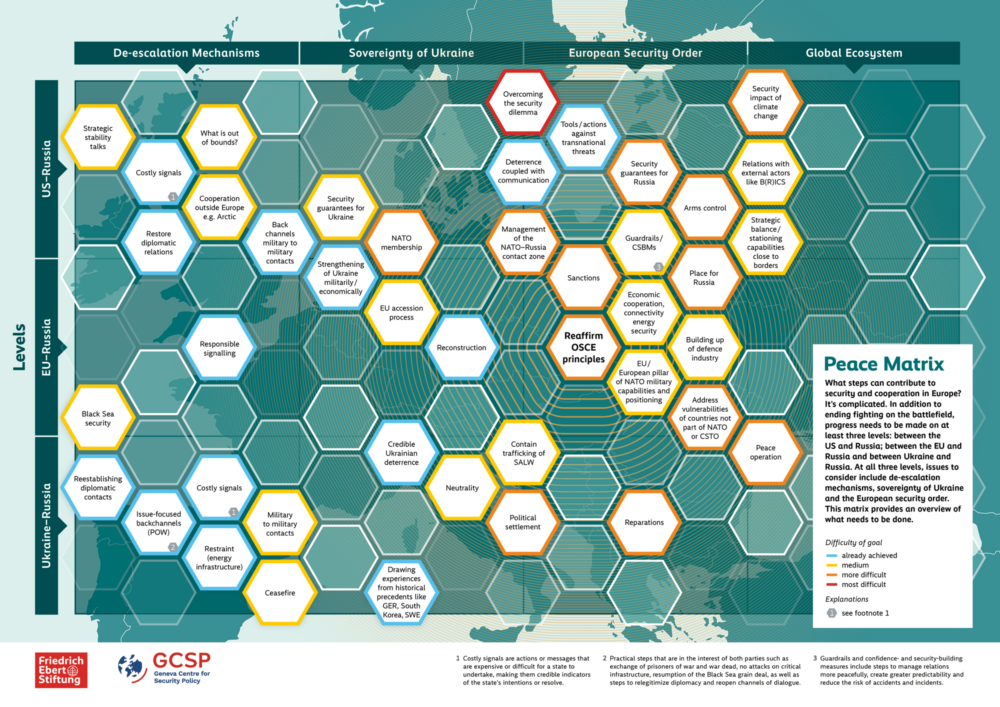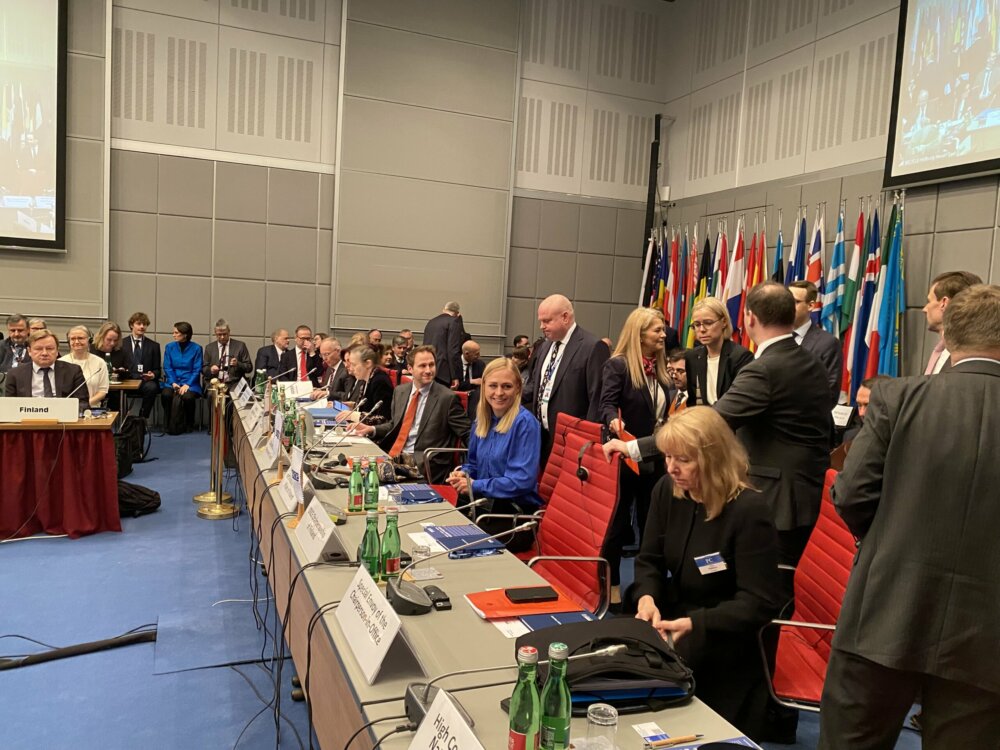Photo: OSCE

Institutional Resilience, Deterrence and the Transition to Zero Nuclear Weapons
Almost ten years after four U.S. elder statesmen called for a world free from nuclear weapons, the goal of global zero—that is, the complete and irreversible abolition of all nuclear weapons worldwide—seems to have dissipated. With the revival of Cold War style relations between NATO and Russia over Ukraine and Syria and the subsequent renaissance of “nuclear signalling” and intimidation, there is currently more talk about how to modernize and upgrade the nuclear arsenals of the five officially recognized nuclear-weapons states than there is about nuclear disarmament. Even the much more modest goals of regulating the bilateral nuclear relationship of the United States and Russia through arms control and of upholding multilateral efforts to prevent horizontal nuclear proliferation have reached an impasse. Some analysts already speak of the “end of history for nuclear arms control”. While it is too early to scrap nuclear arms control and disarmament goals altogether, the pending period of likely stonewalling and nuclear inertia presents an opportunity for academics and advocates of a world with zero nuclear weapons (‘abolitionists’) to engage in intellectual efforts to analyse the policy failures of the past and to scrutinize the likely future obstacles to zero nuclear weapons. The latter pertains particularly to explaining and planning the transitional period of reaching lower numbers of nuclear weapons.



Comments
* Your email address will not be published